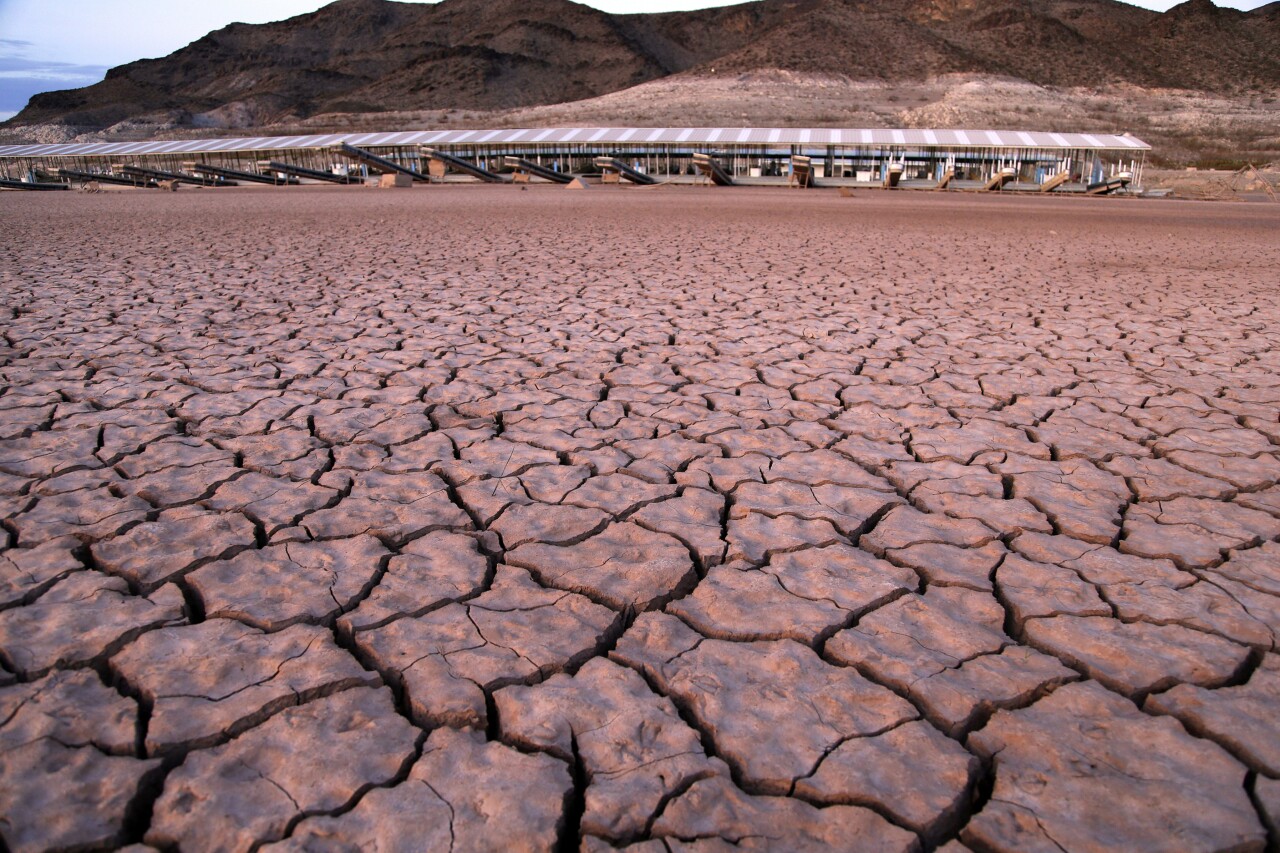As the federal government prepares to declare a first-ever water shortage at Lake Mead, Arizona state leaders, Native American tribes, and philanthropic and corporate foundations are stepping up to help conserve water.
This week, these entities committed to funding an $8 million gap to complete a landmark water conservation project with the Colorado River Indian Tribes and the state of Arizona.
The announcement marks one of the largest collaborative drought responses to date, ensuring that 150,000 acre-feet of water would stay in Lake Mead and the Colorado River.
"No one sector can solve this issue of making sure we have enough water for communities, people, industry and the environment. We need to have multiple sectors working together and doing their share," says Kevin Moran, the Senior Director of the Colorado River Program for the Environmental Defense Fund. "An unprecedented collaborative partnership of private, environmental, NGO (non-governmental organization) and foundation entities have collectively raised and contributed enough money to fill an $8 million in the Colorado River Indian Tribes' system conservation project."
A requirement in the 2019 Drought Contingency Plan was that the Colorado River Indian Tribes (CRIT) would develop a comprehensive conservation project. While $30 million had been shored up for the project, another $8 million was needed. That's where the collaboration came in, says Todd Reeve, CEO of the Bonneville Environmental Foundation.
"We collaborated with more than 15 companies, most of whom are Fortune 500 companies, to help them understand the challenges and issues facing Arizona and water supply in the Lower Colorado River Basin and offer them the opportunity to invest financially in this conservation project with the Colorado River Indian Tribes."

Funding was provided by several companies and brands, including Microsoft, Intel, Google, and Procter & Gamble.
The investment also ensures that CRIT, which includes the Navajo, Hopi, Mohave, and the Chemehuevi, will play a vital role in Arizona's water future, says CRIT Chairwoman Amelia Fores.
"CRIT was proud and happy to be at the table and to have this opportunity because it benefits not only the life of the river, but it benefits our people and for future generations."
Although this is an important step to conserve water on the Colorado River, it will likely not be enough to stop a shortage declaration from being issued in August.
RELATED STORIES:
- Crews to haul 3 million gallons of water to Arizona wildlife amid heat, drought
- Valley golf courses resisting state's water reduction plan
- After 'use it or lose it' water policy, HB 2056 allows farmers to keep water, still use it wisely
"Impact Earth" is ABC15's new reporting project all about how climate change is affecting our communities, what it all means, and what we can all do to help. Read more here.




